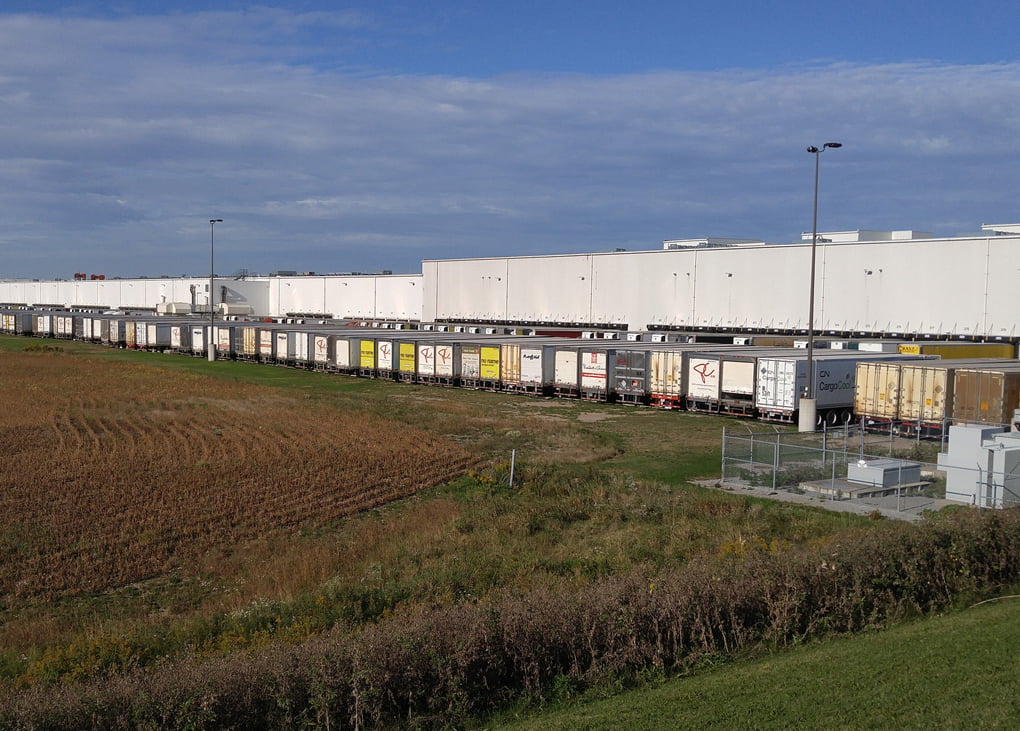As heat pump technology grows in popularity across Europe, Australia has also turned its eye towards renewable energy in industrial settings.
Commercial businesses such as brewers, pet food producers and food processors are exploring whether thermal storage and heat pumps could help reduce the use of natural gases.
ARENA supplied $460,500 in funding to the Australian Alliance for Energy Productivity (A2EP) to help explore these possibilities. During the pre-feasibility studies, 10 manufacturers took part in making the switch to renewable energy.
While not yet widely used in Australia, a report by Global Market Insights predicts the European industrial heat pump market will increase to USD $300m by 2027. In Scandinavia alone, the technology has taken significant market share away from traditional gas boilers.
Two further businesses are now planning to transition to renewable energy after the A2EP studies, including the 3 Ravens Brewery in Melbourne and Hardwick Meatworks in regional Victoria.
They both plan to use renewable electricity from existing solar arrays to power heat pumps, and also transfer waste heat from chillers to produce hot water for cleaning, sterilisation and packaging.
A2EP CEO Jarrod Leak says heat pumps are proving to be a good alternative to improve energy productivity and decarbonise heating below 100 degrees celsius.
“Almost all food and beverage processing has a demand for sub-100°C heat, especially for cleaning and sterilising, but also for many drying applications,” he says.
He explains the new heat pump technology being developed for 150°C heat will have the ability to transform many more industries such as brick and paper manufacturing.
Mark Hardwick of Hardwick Meatworks says A2EP’s project enabled them to explore whether heat pump technology was suitable for their business.
“The economics of the study proved that the implementation of the heat pump for the site had a strong business case,” he says.
The company’s renewable transition includes adding a heat pump with 1,000kW (thermal) of output to their existing microgrid. Based on estimates, this would reduce Hardwick’s gas consumption by 75 per cent and reduce CO2 emissions by 450 tonnes. The 1,107MWh per year increase in electricity consumption would be offset by 1,000MWh of electricity produced by a second stage of a solar farm project.
In an interview on ABC’s Four Corners, Hardwick said it’s helping to reduce the company’s footprint.
“Red meat is an intensive sort of output, and anything we can do as a company to reduce our footprint as part of that process is good for us, good for the industry,” he said.
Larger corporations such as Carlton & United Breweries, Lion and Sunmetals have also committed to 100 per cent renewable energy by 2040.
Leak predicts an uptake in these new technologies will stimulate more than $50 million of investment per year and create hundreds of local jobs.
“The potential reduction in natural gas usage for the manufacturing sector would be more than 5 PJ/annum or more than 255,000 tonnes per annum of CO2,” he says. “This will play an important role in reducing Australia’s emissions in the ‘hard to abate’ area of process heating.”



Leave a Reply